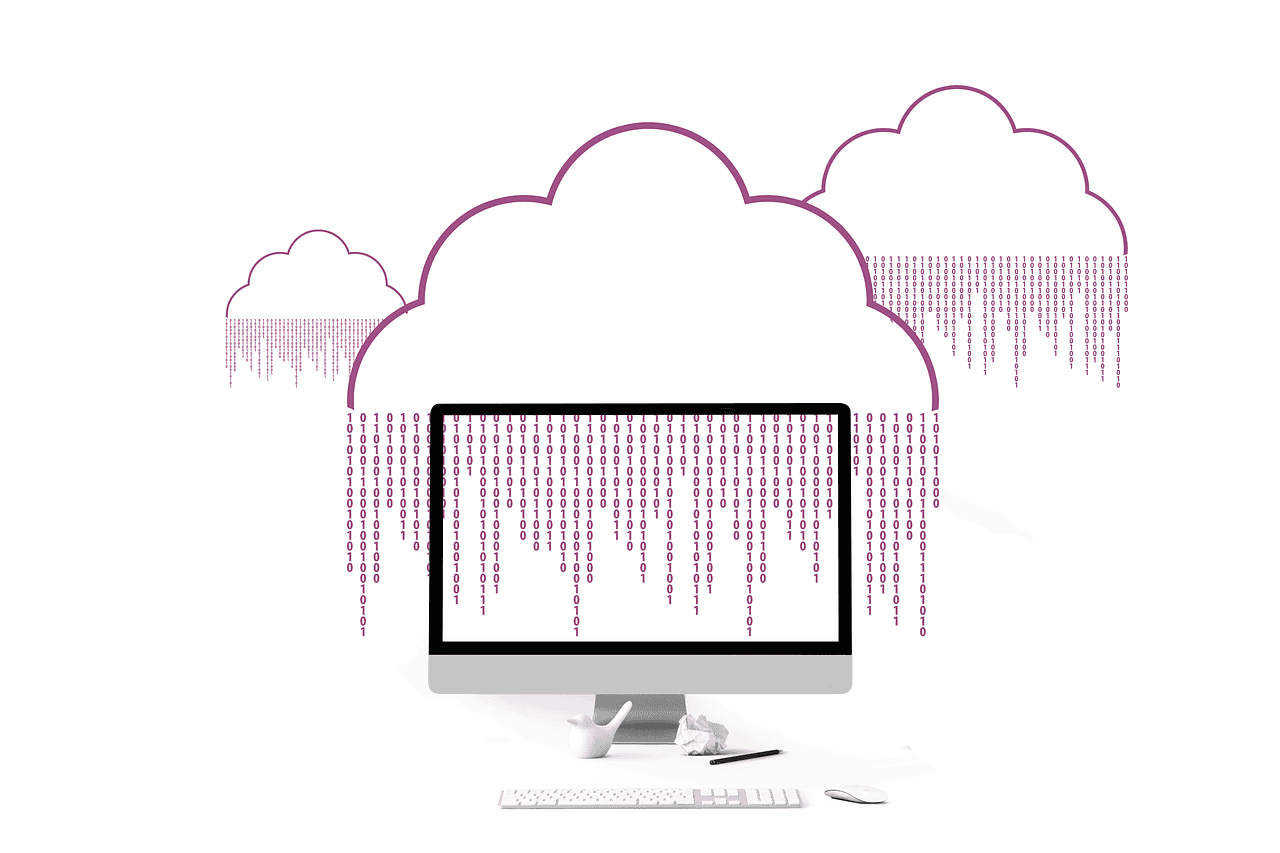The Python programming language has dominated the scene and therefore the market in recent years. But will Python remain the top dog? Are other or even completely new languages now striving for the top position? How future-proof are programming languages such as Java, C#, Go or Rust? And what role do newcomers such as Mojo or Julia play? Here’s a look at the most important programming languages that will continue to shape software development in 2024.
Python remains at the top
Python, known for its versatility and user-friendliness, consolidated its position as the leading programming language in 2023. The use of Python increased significantly, particularly in the areas of AI, ML and data analysis. With a wide range of libraries and a vibrant developer community, Python became increasingly important in various industries and also in research.
The release of Python 3.12 in October 2023 brought new developments, including the adoption of the long-discussed PEP 703 for a free threaded version of Python.
C and C++
C and C++, as the number two and three programming languages, remain particularly important for system and application programming. Their popularity is due to their role in the development of operating systems and applications as well as their closeness to machines. C++ is based on C and offers a higher level of development.
Javascript and Typescript
Javascript remains one of the most popular programming languages, despite a slight decline in the number of developers. Typescript, an extension of Javascript, is however gaining in popularity. Reports show that the use of Typescript has increased significantly in recent years. This is due to the improved developer experience and code maintainability.
C# shows versatility
C# saw a significant upswing in 2023, mainly due to investments by Microsoft in the .NET ecosystem and improvements to the language itself. C# is increasingly being used in various application areas, including game development, desktop applications and cloud-based applications.
The introduction of .NET 5 and the continuous development of the framework have also further increased the popularity of C#.
The TIOBE index
The TIOBE Programming Community Index is a monthly ranking of programming languages by popularity that has been published since 2001. The ranking of each language is determined by the frequency of hits in a search for the name of the programming language on the most important websites with a search function.
The TIOBE index confirmed Python’s lead at the end of 2023. C and C++ follow in second and third place. JavaScript gained some popularity over the course of the year and is currently in fourth place, followed by C#. Typescript also gained in popularity, but is still lagging behind in 40th place in the overall ranking.
The top 10 programming languages in the TIOBE Index:
- Python
- C
- C++
- Java
- C#
- JavaScript
- Visual Basic .NET
- PHP
- SQL
- Assembler language
Trends and outlook for 2024
In 2024, trends such as AI, ML and cloud computing will continue to drive demand for specialized programming languages. Python is expected to maintain its leading role, while relatively new languages such as Julia, which are optimized for mathematical calculations, will gain in importance.
The requirement to develop applications for different platforms such as web, mobile and desktop will remain. Therefore, languages and frameworks that support this versatility, such as Javascript (with React Native or Angular), Dart (with Flutter) and C# (with Xamarin or MAUI), will remain in high demand.
With the growth of the IoT market, flexible and efficient languages such as Python, Javascript and C/C++ are becoming more important. Rust could also gain in importance as security aspects in programming become more important.
Two new additions
Mojo, a groundbreaking introduction from 2023, was developed specifically for AI and machine learning. Developed by Chris Lattner, the creator of Swift, and Tim Davis, a former product lead at Google, it aims to revolutionize the development of AI models. By combining the simplicity of Python with the speed of C, Mojo enables full interoperability with Python and offers features such as system programming and autotuning. Its goal is to solve the “three-layer problem” in AI development by removing the barriers between Python, C++ and hardware. This could have a major impact on AI development, although acceptance in the community and the speed of adoption are still unclear.
Julia, an advanced programming language specifically for research, was developed in 2009 and is particularly suitable for numerical and scientific computing. With a syntax reminiscent of Matlab, Julia offers a high execution speed similar to that of C and Fortran. Its type system allows parameterized types and multi-methods as a central paradigm. Julia enables parallel and distributed program execution as well as the direct call of C and Fortran libraries. Developed at MIT, Stefan Karpinski, Viral Shah and Jeff Bezanson were awarded the J. H. Wilkinson Prize for Numerical Software 2019.
Conclusion
The year 2024 promises to be an exciting time for developers, characterized by new trends and developments in the world of programming languages. Established languages such as Python, C/C++, Javascript, Java and C# will continue to dominate, while new languages such as Julia and Mojo may gain in importance. It is definitely worthwhile for developers to broaden their horizons and give new languages a chance.
_ _ _ _ _ _ _ _
The author
Robert Krauße
+49 351 8973-3866
robert.krausse@silicon-saxony.de
_ _ _ _ _ _
This article was created as part of NEXT “In the spotlight: Software”.
👉 To the complete issue of the magazine



